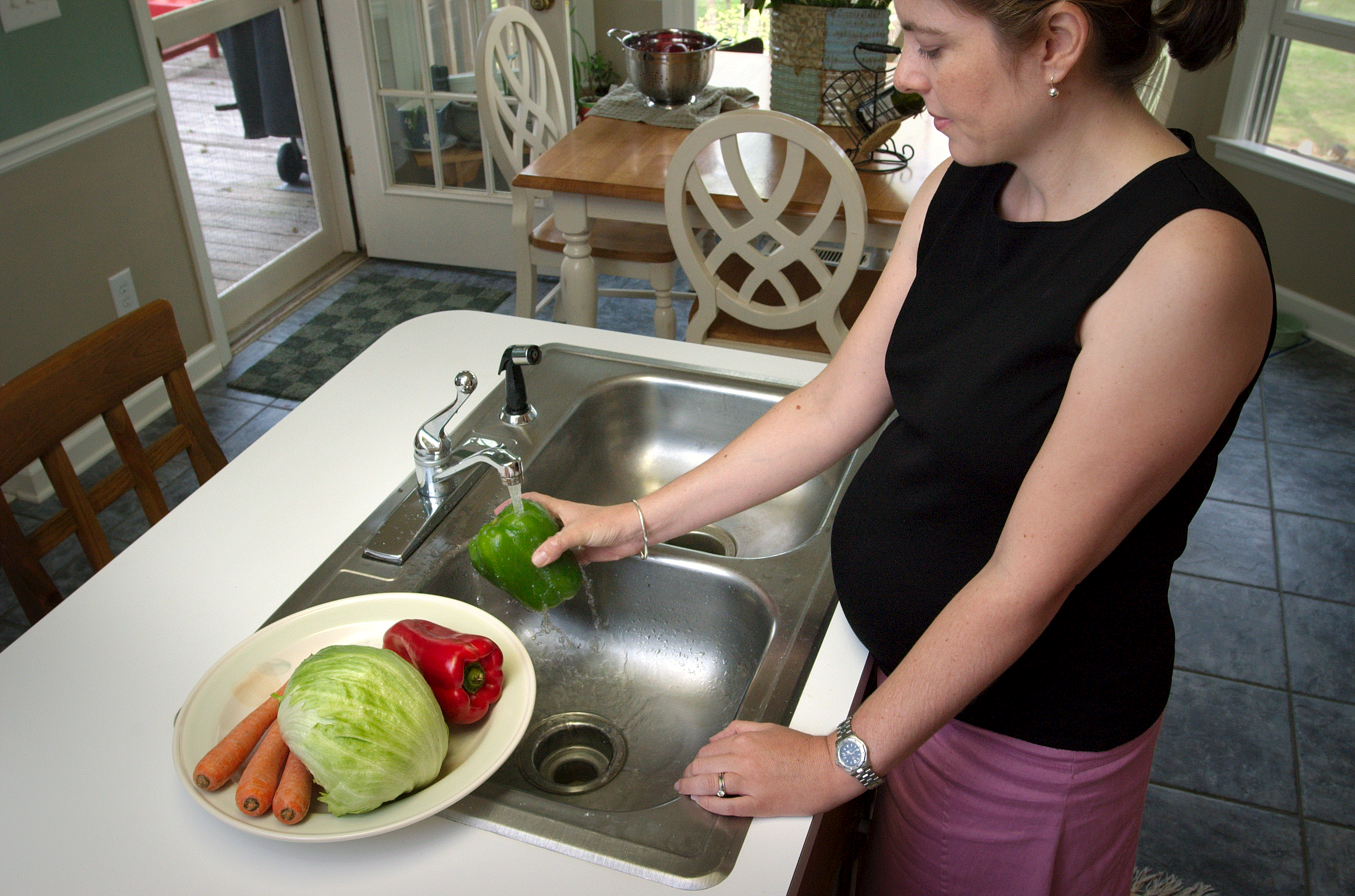See who is eligible to get a vaccine now. Registration for people 75 and older will begin on January 25. Sign up to get weekly email updates!
Food & Waterborne Diseases
Food & Waterborne Diseases

Diseases spread through contaminated food and water can have a significant effect on the health of communities. These diseases are often serious, can be life-threatening, and regularly make many people sick in outbreaks. Some of these diseases can also be spread from one person to another, or from animals to people.
The Foodborne and Waterborne Disease Program is responsible for tracking and investigating outbreaks and preventing the spread of these diseases. As part of these efforts, the program collaborates with other parts of Vermont state government, other state health departments and federal health partners.
In This Section
Campylobacteriosis is an illness caused by bacteria called Campylobacter.
Cryptosporidiosis is an illness caused by a parasite called Cryptosporidium.
Escherchia coli (E. coli) are bacteria that live in the environment and in the gastrointestinal system of humans and animals.
People typically get sick with listeriosis by eating food that is contaminated with the bacteria.
Salmonellosis is the second most commonly reported foodborne disease in Vermont.